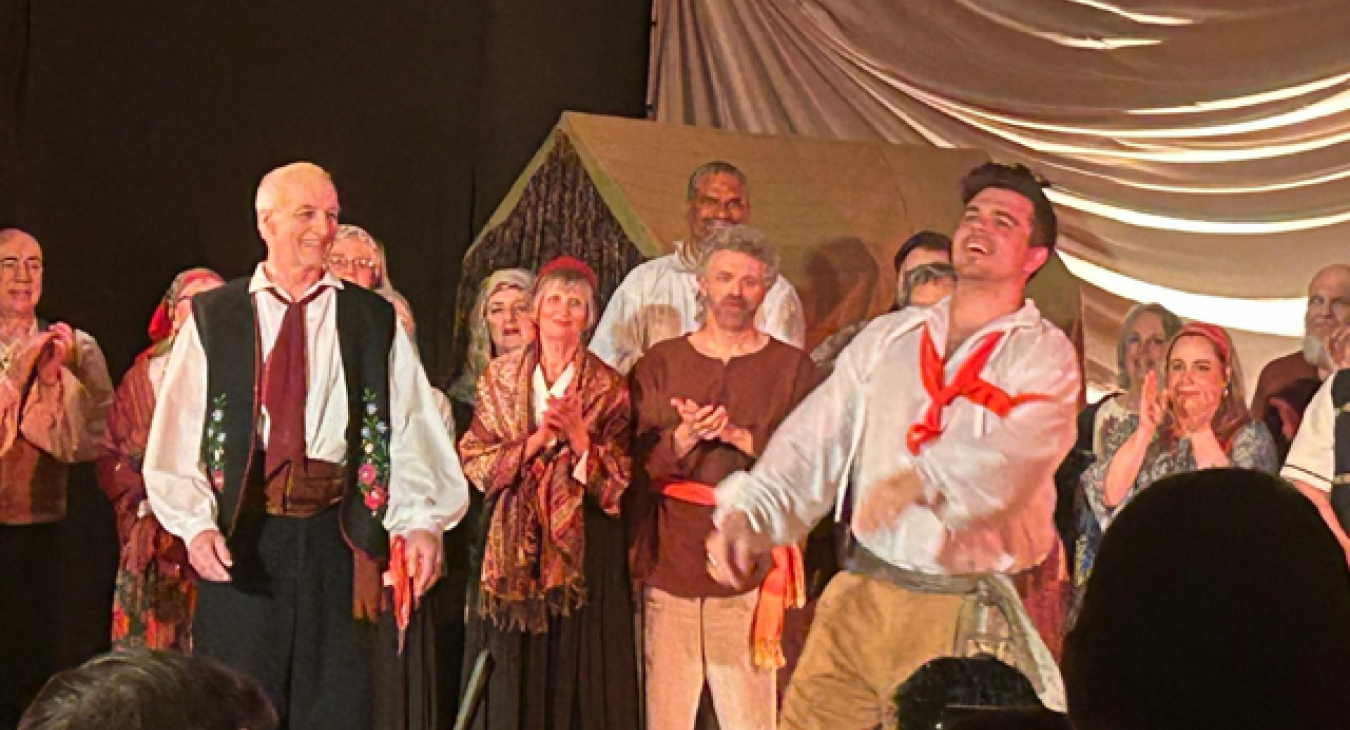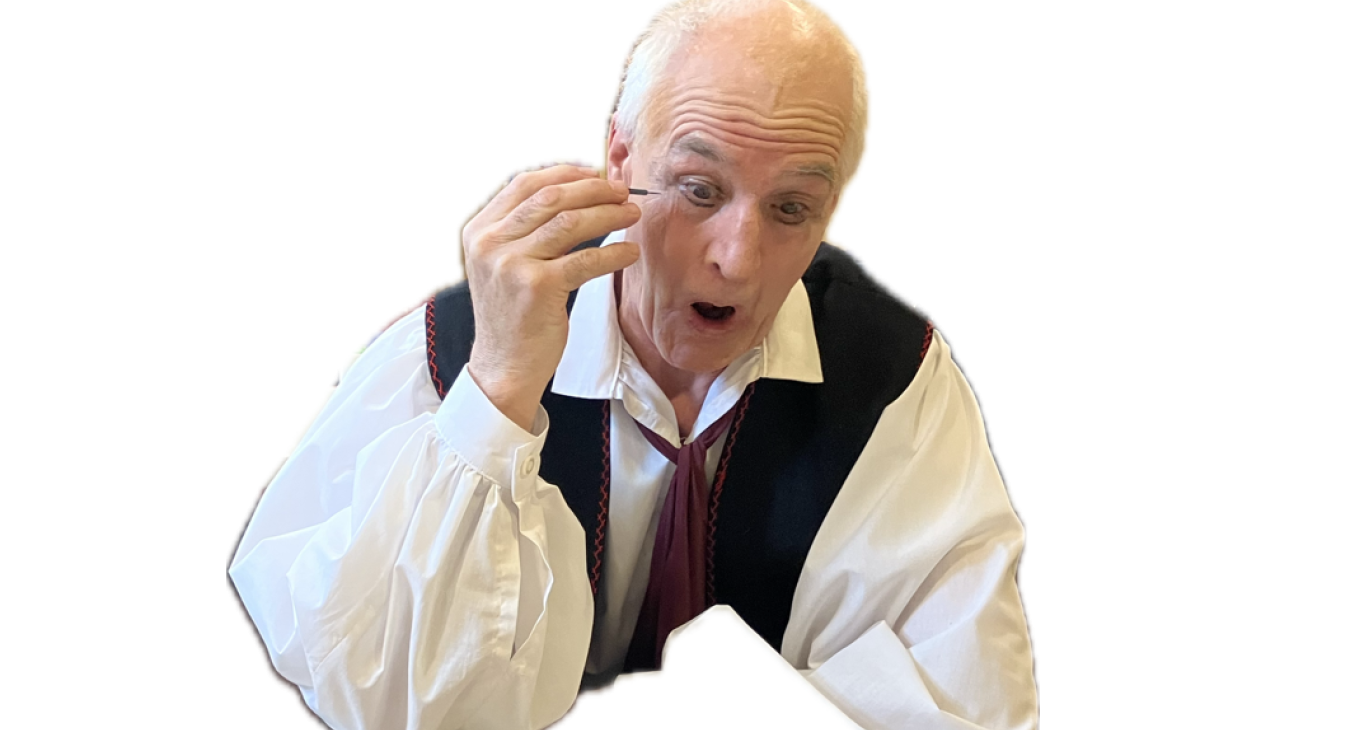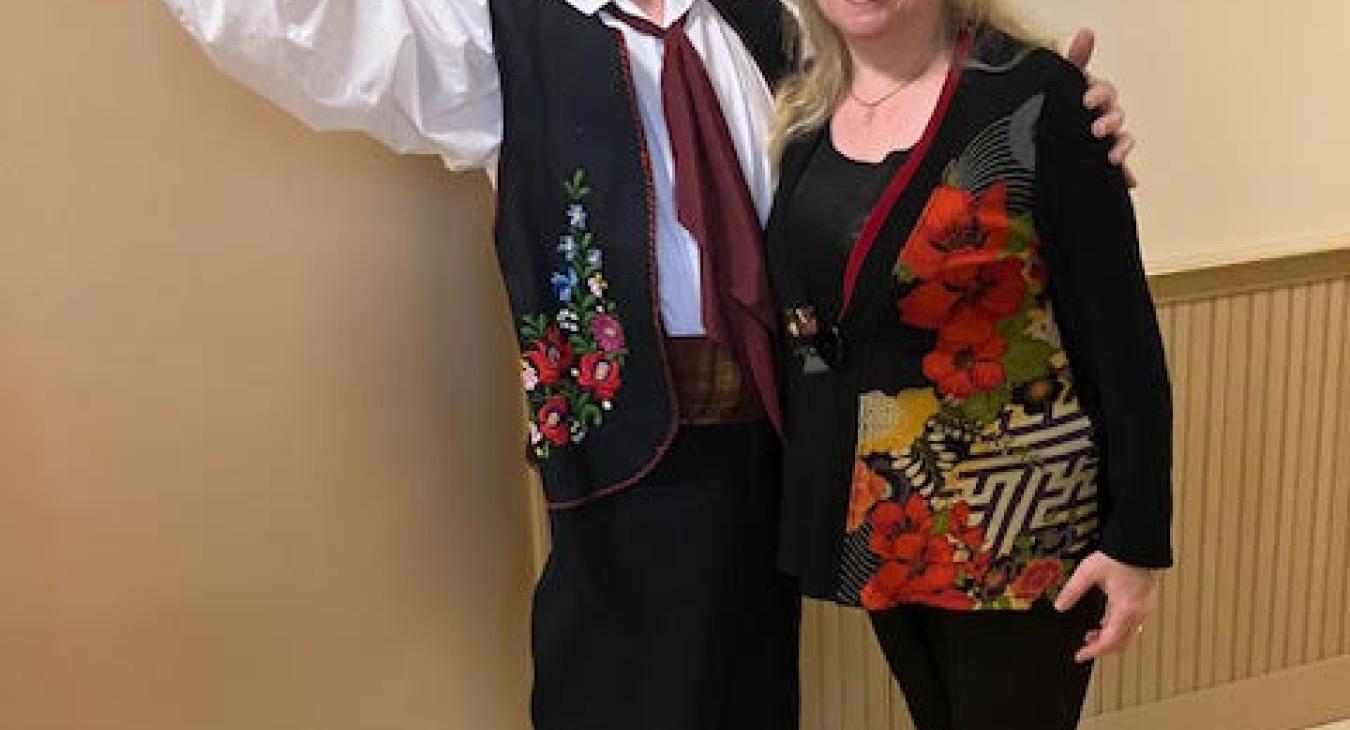Author: MARINA KOCHETOVA
Sooner or later, any project ends. The artistic project ''Aleko'', which many were waiting for with impatience and curiosity, also ended. The one-act opera by S. Rachmaninov based on the poem by A. Pushkin ''Gypsies'', staged by the newly created Canadian opera company ''New Opera Lyra'', was shown in Ottawa with colossal success in mid-March. There were many Russian speakers among the audience. Some of them called what they saw and heard a masterpiece, and some had questions for the directors and performers. One way or another, all the listeners were left with a special aftertaste, which does not arise from every production.
Creative people, that is, those who are searching, have a harder life than those who spend all their time looking for someone to blame. Creative people are constantly in a state of active search. They are constantly looking for new ways to please the audience. Foreign artists have to spend a lot of time and effort to perform Russian opera with high quality and accuracy.
Russian opera is one of the youngest in the family of its European sisters, thanks to which music critics for a long time distinguished only three styles, both in the field of composition and in the field of performance - Italian, German and French. In Russian opera music, the style is different, it shows the desire to connect music with words. Musical declamation, that is, recitative, also plays an important role. If the artist does not speak Russian, attempting to perform Russian opera is a very difficult task. After all, artists are required to not only vocally perform their part clearly, clearly pronouncing the words in Russian, skillfully placing logical accents. Each soloist must think about the spiritual and physical style of a particular people, capture the tone of the soul and the tone of the gesture (in this case, the gypsies of the Russian Empire). The most important thing is to accurately convey the truth of feeling. There are no two truths of feeling, because the truth of feelings is obvious and tangible.
Aleko, the main character of the opera of the same name, did not find a place for himself in society, and this forced him to go to simple gypsies, which entailed tragic consequences. The main theme of the production is relevant and topical today. It is about the ability of people of any era to make the right choice. The emotional aria of the old gypsy at the very beginning of the opera "Aleko", filled with tragedy, in my opinion, is of the utmost importance, setting the tone for the entire performance. Using this example, I want to lift the veil of secrecy of the creation of a stage image by an opera artist.
Since within the framework of this project I was lucky enough to work with opera soloists and their understudies, I did not just observe the process of creating an image, but participated in it, seeing the torment of creativity from the inside. It was incredibly difficult to find a performer for the role of the old gypsy, because in addition to vocals, it required special acting skills that not every opera singer has. The choice fell on an experienced singer named Gary with a German surname, Dahl. Knowing English, French and German, Gary also mastered Italian. He mastered the Italian singing technique under the guidance of the famous vocal teacher L. Wood, who studied in Milan. In his long singing career, he had to create a complex image of a seasoned hero, presenting him in the difficult-to-learn Russian language, for the first time.
The formation of a stage image is a delicate process. There is a foundation from which one should push off in a creative impulse. Each actor, with a conscious effort of mind and will, is obliged to develop a view of the business he has taken on. First comes the so-called reading. The first thing you need to do is to master all the words of the libretto well; if the language is foreign, this stage is longer. In parallel with working on the words, the musical score is learned, all the character's actions and relationships with other characters in the work are considered. The work is effective only if the artist has managed to feel the atmosphere of the time and environment. At the next stage, you can begin to polish the nuances and memorize the part. Intellectual effort alone is not enough. There comes a stage when the imagination must actively turn on - the ability to see the external image of the character as a whole, and then in its characteristic details. Facial expression, pose, gesture... The task is such that the viewer feels his character at the very first appearance of the hero on stage. Gary Dahl coped with the task brilliantly. His imagination, having come into contact with the author's imagination, caught the note of the character's plastic being. The image of the old gypsy performed by G. Dahl turned out to be very convincing, because any image can be truthful and good only to the extent that it convinces the viewer.
The soul of stage creativity is gesture. The slightest movement of the face, eyebrows, eyes - this is a gesture. The stage gesture must be accompanied by the movement of the soul, otherwise the image will not be alive and artistically valuable, but will be just ordinary facial expressions. Expressiveness of gestures is given by correctly selected make-up. But this is immediately before the performance...
During the production rehearsals, having diligently studied the score, having deeply felt the whole range of his character's emotional experiences, Gary carefully developed intonations and gestures, and achieved harmony. This was the polishing of the image. But polishing is a process, and the image is not yet completely ready! It continues to mature for a long time. Therefore, practice is needed. Helping Gary get used to the image gave me incredible pleasure. If only all people, and not just actors like Gary Dahl, were so responsible, thoughtful and hard-working! All of the listed qualities, multiplied by talent, give rise to the very miracle for which the viewer comes to the theater.
The participants of "Aleko" had little time to prepare - only two months. In addition to what I described above, at each rehearsal it was necessary to introduce new details that would contribute to an even greater depth of experiences. The ability to find new colors, adding them to the palette of his creativity with bright, saturated strokes, Gary Dahl managed to cope with the super task. His performance left an unforgettable aftertaste for the audience, and for himself. The price of success increases with the age of the artist - it becomes increasingly difficult to recover from the performance, to which all efforts were devoted. What is a pleasant aftertaste worth?!
Art is an eternal striving forward, a tireless pursuit of new, stronger impressions. It is so important for artists to never repeat themselves in their roles, and for the audience, continuity of experiences is important, contributing to the emergence of a pleasant aftertaste...


